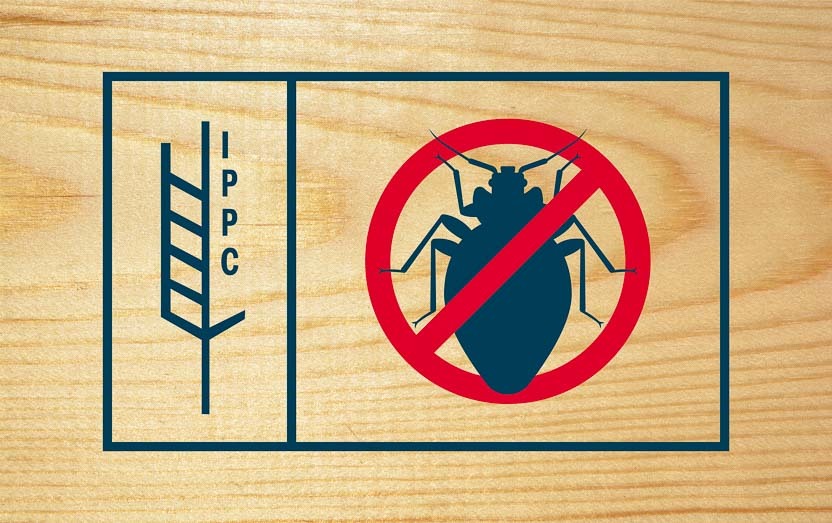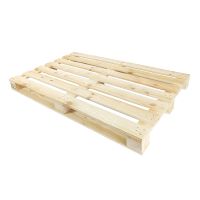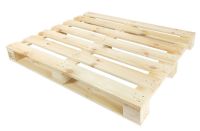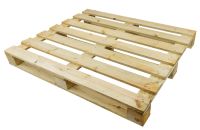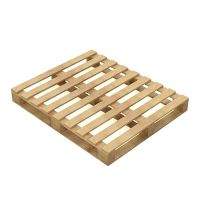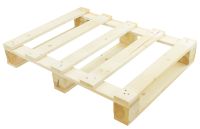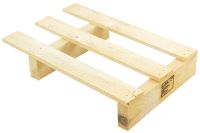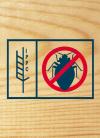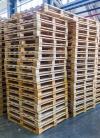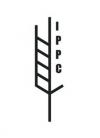When choosing a pallet made of wood, it is important to understand the benefits of using heat-treated pallets. This is a necessary process to meet the requirements of ISPM15. But what exactly is the IPPC standard and what are its benefits?
What is the ISPM-15 standard?
The ISPM 15 standard (commonly known as IPPC or fumigation) is an international standard on phytosanitary measures. It was developed by an international plant protection organization, which is responsible for solving problems related to the processing of wood with a thickness of more than 6mm and used to transport goods through different countries. It particularly applies to wooden packaging materials in international trade.
Why is ISPM 15 present?
The main goal of ISPM 15 is to prevent the spread of diseases and insects that could negatively affect plants or ecosystems. It provides guidelines for the elimination of all living wood organisms that could potentially be harmful to fauna and flora on other continents. The ISPM 15 standard indicates products that must be processed with permitted processing methods and labeling methods for these products. By using the ISPM 15 standard, buyers and users of wooden packaging are guaranteed trouble-free transport worldwide. ISPM 15 affects all wooden packaging, such as pallets, crates or pallet collars, which previously require heat treatment, fumigation, and labeling with a compliance mark.
What countries are concerned with IPPC?
The ISPM 15 (IPPC) standard is not used in trade between European Union countries (including Switzerland). For non-EU European countries, packaging wood and dunnage must meet the requirements of the ISPM 15 standard in order to be imported into EU countries.
What does the heat treatment process of wooden packaging look like?
In order for the heat treatment process to be effective, it must be carried out correctly. The wood that is used must first be debarked, because only the core is required for the production of pallets. Wooden packaging should be heated until the minimum core temperature reaches 56 degrees Celsius. The wood core temperature should be maintained for at least 30 minutes. It has been documented that a temperature of 56 degrees Celsius is required to eliminate a wide range of pests. Wooden packaging materials, such as wooden pallets, crates or pallet collars should be heat treated with a specialised drying room in accordance with detailed guidelines specifying temperature and duration. At Rotom, we have adequate facilities equipped with specialized dryers where you can perform thermal treatment.
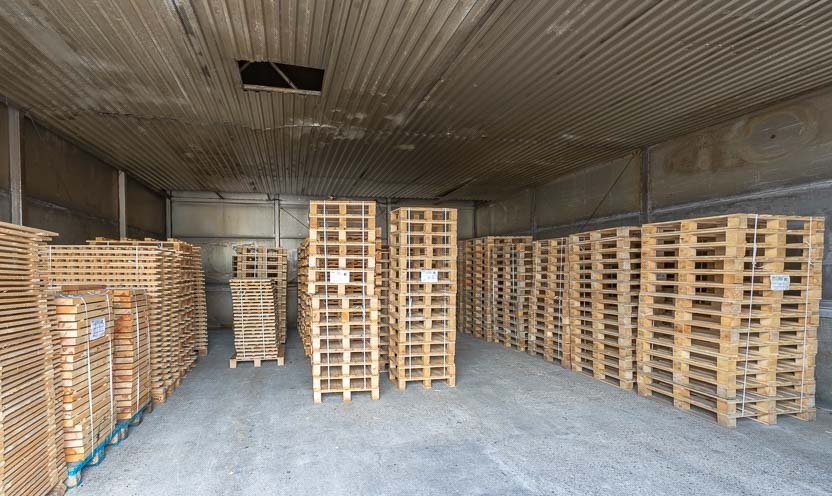
Heat treatment is now considered to be the best processing for ISPM 15.
Other treatments, such as chemical fumigation, have been withdrawn due to finding traces of toxic substances in the timber. Heat treatment for ISPM 15 eliminates insects and larvae, reduces humidity and ensures safe pallet handling. The heat treatment process also increases the weather resistance of the pallet.
How to prove that the manufactured wooden pallet complies with ISPM15?
Once the pallet has been properly processed and dried, it will be labelled with the ISPM seal and the country of origin. The IPPC mark shown below is permanently applied to wooden packaging, at least on two opposite sides of the pallet, thus certifying that all solid wood meets the heat treatment criteria.
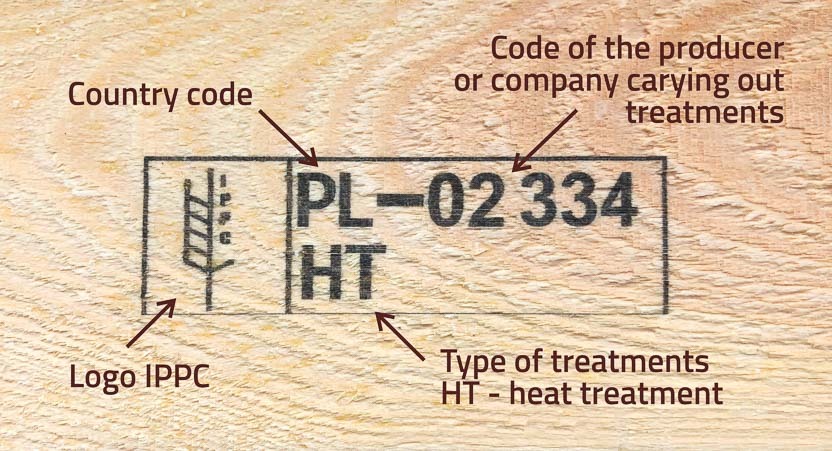
What markings do heat-treated pallets have?
It is very important that you can trace wooden packaging and establish a chain of responsibility for all its passage in the supply chain. Pallets that have passed the ISPM 15 process are stamped with a special mark recognized worldwide. The next part of the code identifies the entity that is responsible for the fumigation process, country name and pallet certification number. Then there are two letters that indicate the pallet processing process. If it has been subjected to suitable heat treatment, it will be marked with the letters HT. These are absolutely necessary elements for the pallet fumigation mark to comply with IPPC standards.
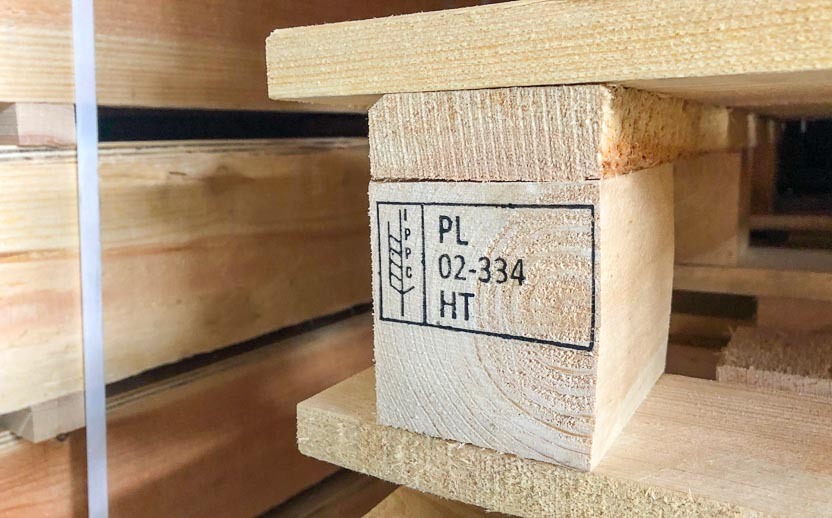
Benefits of heat treatment
The main reason for the IPPC requirement is to minimize the risk of migration of wood-living organisms. The spread of insects and other pests from abroad can have a significant impact on the local environment. Pollution from insects can even cause illness for pallet operators. Increasing the sterilisation level is another advantage of pallet processing The wooden pallet is more susceptible to bacterial and mold growth, especially if it is not stored properly due to moisture, but it is smaller from heat-treated pallets and reduces the risk of bacterial and mold growth somewhat. However, there are also other benefits to using heat-treated wooden pallets, including increased durability and weather resistance.
What consequences can be carried out for a lack of certification or bad marking?
The ISPM marking is part of the documentation and is very important for customs clearance, as is the entire fumigation process and certificate. You must be aware of the fact that as an exporter you can suffer the serious consequences of not meeting ISPM-15 requirements. These may be customs locks, rejection or the need to repack the goods, which can cause quite high costs. In addition, the country to which the pallet is delivered, for example, has the right to completely destroy the packaging and the contents at the exporter's expense. Therefore it is absolutely not worth risking the lack of a proper labeling.
Buy heat treated wooden pallets and boxes
At Rotom UK, we can help you to comply with ISPM15 guidelines. We provide a range of heat-treated wooden packaging, including pallets, boxes and pallet collars. All of our packaging products have an IPPC certificate, company registration document and process details, so you can be sure of your purchase. We also offer heat treatment services for packaging of all sizes so that you can be sure that all your products meet the necessary standards.


